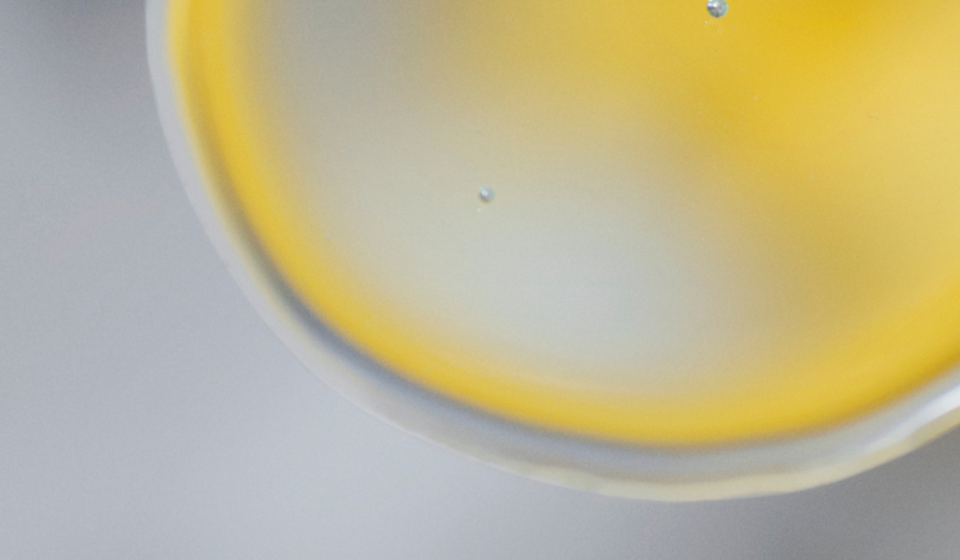Essential Takeaways
• Bacteria plays an important role in our overall health, but think of the gut microbiome, aka where most bacteria reside in the body, as a mission-control center where all the good stuff happens, from supporting gut and digestive health to supporting immune health.
• Probiotics play a key role in supporting “good” bacteria in our systems, and helping them foster thriving communities that support our well-being.
Attention: gassy gals, bloated babes and anyone looking for probiotic support. ICYMI, we launched our first gut support product in the spring of 2022 — Synbiotic+, a 3-in-1 prebiotic, probiotic and postbiotic to support a balanced gut microflora. For those who are new to this incredible science, we wanted to take a minute to break down how probiotics work.
First, let’s set the scene where all of these powerhouse processes are taking place: the gut microbiome. The term “gut microbiome” refers to the bustling community of bacterial cells living in the human gastrointestinal tract. (1) We all have a gut microbiome, but everyone’s looks different based on their environment, lifestyle, and diet, as well as factors like nutrition, stress, and travel. All of these can cause imbalances in our gut microbiome which may show up as occasional bloating, gas, diarrhea, and digestive discomfort. (4)
Taking probiotics is one way to support the gut microbiome and gut barrier function.* (2)
But First, Let’s Introduce the Different Types of Probiotic Strains
Gut microbiota are composed of several different species of organisms, including bacteria, yeast, and viruses. Some of the most commonly-found forms are Lactobacillus, Bacillus, Bifidobacteria, Clostridium, Enterococcus, and Ruminicoccus. (3) Synbiotic+ includes two of the most clinically-studied strains of Lactobacillus and Bifidobacteria: Lactobacillus rhamnosus GG (LGG®) and Bifidobacterium animalis subsp. lactis BB-12 (BB-12®), which are corroborated by over 100 publications of human clinical trials. (4)











